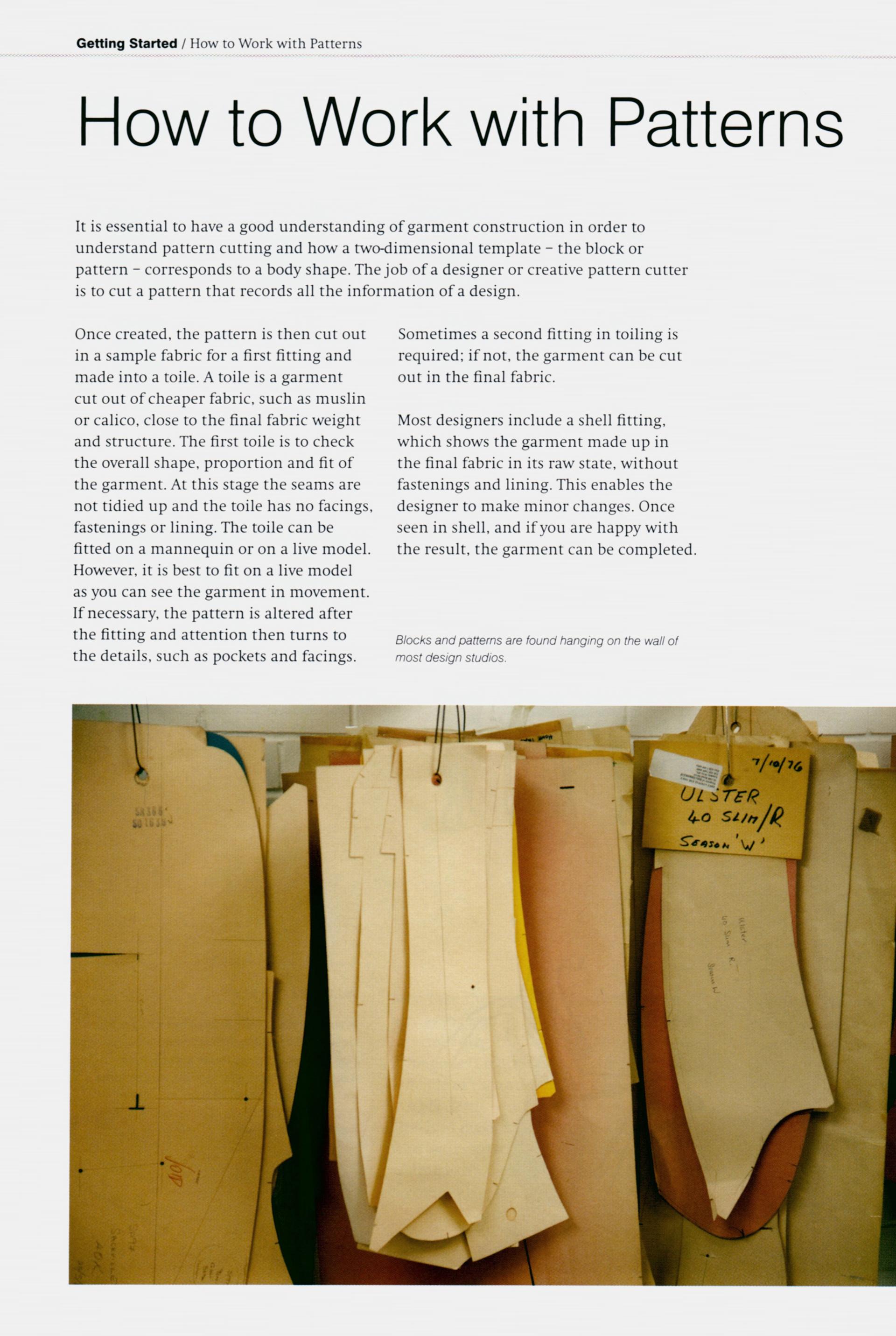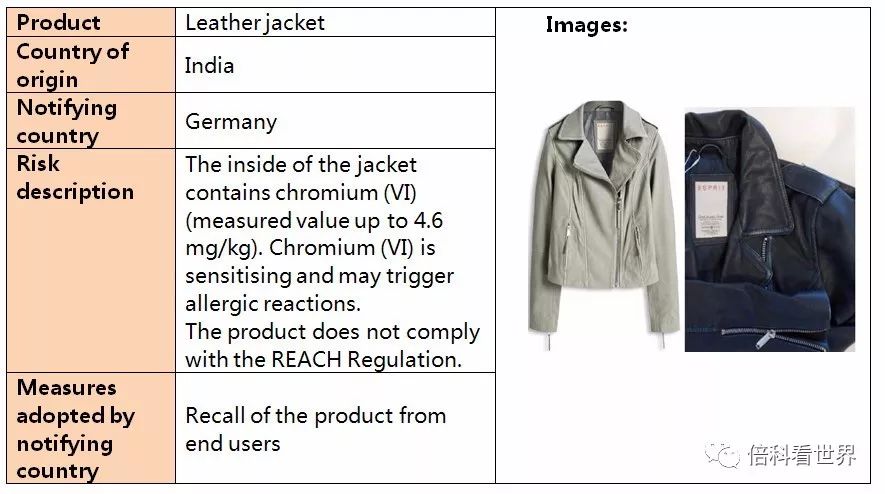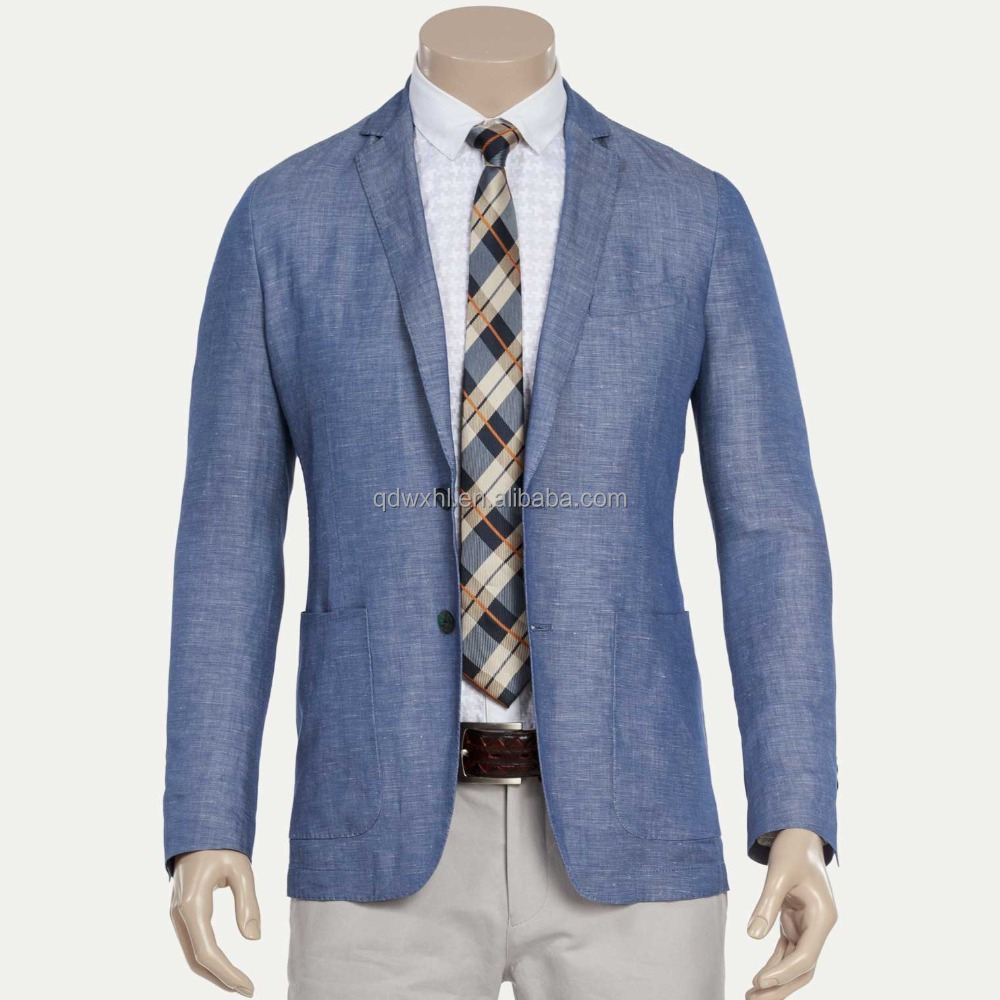Title: Understanding the Fabrics of a Suit: A Comprehensive Guide to Western Clothing
Western clothing has been an integral part of human fashion for centuries. It is characterized by a blend of elegance, functionality, and style. The fabric used in creating a suit plays a significant role in determining the overall look and feel of the garment. From wool to cotton, silk to polyester, each fabric has unique properties that make it suitable for specific purposes. Understanding the fabrics of a suit can help you make informed decisions about your wardrobe. This comprehensive guide will provide you with insights into the different types of fabrics used in creating Western suits, their advantages and disadvantages, and how to choose the right one for your needs. Whether you're looking to create a classic business outfit or a modern casual look, this guide will help you navigate the complex world of Western fashion and find the perfect fit. So why wait? Start exploring the world of Western clothing and discover the endless possibilities that await!
Introduction:
Suiting is an essential aspect of men's fashion, and at the heart of every well-tailored suit lies the fabric. The right fabric can make or break the overall look and feel of a suit, and understanding the different types of materials available is crucial for anyone looking to create a sophisticated and stylish outfit. In this article, we will explore the various fabrics used in making suits and their unique characteristics. We will also discuss how to choose the right fabric for your body type and personal style preferences.

Section 1: Silk
Silk has been a favorite fabric for suit-making since ancient times due to its luxurious feel and smooth texture. It is often used for the inner lining and lapels of suits, as it adds a touch of elegance and refinement. Silk is lightweight and breathable, making it ideal for warm weather wear. However, it can be expensive and prone to wrinkles, which makes it less suitable for everyday wear.
Section 2: Wool
Wool is another popular fabric for suit-making, especially in colder climates. It is durable, warm, and resistant to wrinkles, making it an excellent choice for formal occasions. Wool comes in two varieties: wool blends (a combination of silk and wool) and pure wool. Wool blends are more versatile and easier to care for than pure wool, but they lack the luxurious feel of silk. Pure wool is more expensive and requires special care, but it can be tailored to fit any body type and achieve a timeless classic look.
Section 3: Cotton
Cotton is a versatile fabric that can be used in suits for various purposes. It is commonly used for the outer layer of a suit, as it is lightweight, breathable, and easy to maintain. Cotton is less formal than silk and wool, making it a suitable choice for casual occasions. However, it lacks the durability and resistance to wrinkles of other fabrics, so cotton suits may not hold up as well over time.
Section 4: Polyester

Polyester is a synthetic fabric that has become increasingly popular in recent years due to its affordability and versatility. It is often used for the inner lining of suits, as it is easy to clean and maintains its shape well. Polyester is less breathable than natural fabrics like cotton, but it can be treated with special finishes to improve its moisture-wicking properties. Polyester suits are suitable for both casual and formal occasions, but they may not have the same luxurious feel as natural fabrics like silk or wool.
Section 5: Linen
Linen is a natural fiber that has been used in suit-making for centuries. It is lightweight, airy, and easy to care for, making it a popular choice for summer wear. Linen is also resistant to wrinkles, making it ideal for travel or everyday wear. However, linen may wrinkle easily when exposed to heat or moisture, so it should be stored carefully. Additionally, linen may not retain its shape as well as synthetic fabrics like polyester, so it may not be suitable for more structured suits.
Section 6: Cashmere/Angora
Cashmere and Angora are high-end fabrics that are often used in luxury suits. They are soft, warm, and incredibly comfortable, making them a perfect choice for winter wear. These fabrics are also hypoallergenic and do not cause skin irritation, making them suitable for sensitive skin types. However, cashmere and Angora are both expensive materials that require careful handling and storage to maintain their quality.
Section 7: Nylon/Nylon Blends
Nylon is a synthetic fabric that is often used in sportswear and outdoor apparel due to its durability and water-resistant properties. It can be used in suits for various purposes, such as the outer layer or lining. nylon blends are more affordable than pure nylon but still offer good durability and resistance to wrinkles. However, they may not have the same luxurious feel as natural fabrics like silk or wool.

Section 8: Polyester/Nylon Blends
Polyester/nylon blends are a combination of two synthetic fabrics that offers the best of both worlds – affordability and durability. They are often used in suits for the inner lining or lapels, as they are easy to clean and maintain their shape well. Polyester/nylon blends are suitable for both casual and formal occasions, but they may not have the same luxurious feel as natural fabrics like silk or wool.
Conclusion:
Understanding the different types of fabrics used in making suits is crucial for anyone looking to create a sophisticated and stylish outfit. Each fabric has its unique characteristics, advantages, and limitations, so it's essential to consider your body type, personal style preferences, and occasion when choosing the right fabric for your suit. By doing so, you can ensure that your suit fits you well, looks great, and retains its quality over time.
Articles related to the knowledge points of this article:
The Warmth of Duck Feather in Winter Coats
Title: Exploring the Different Ways to Tie a Tie
Title: The Art of Tie Knots: How to Pronounce 领带 in English



